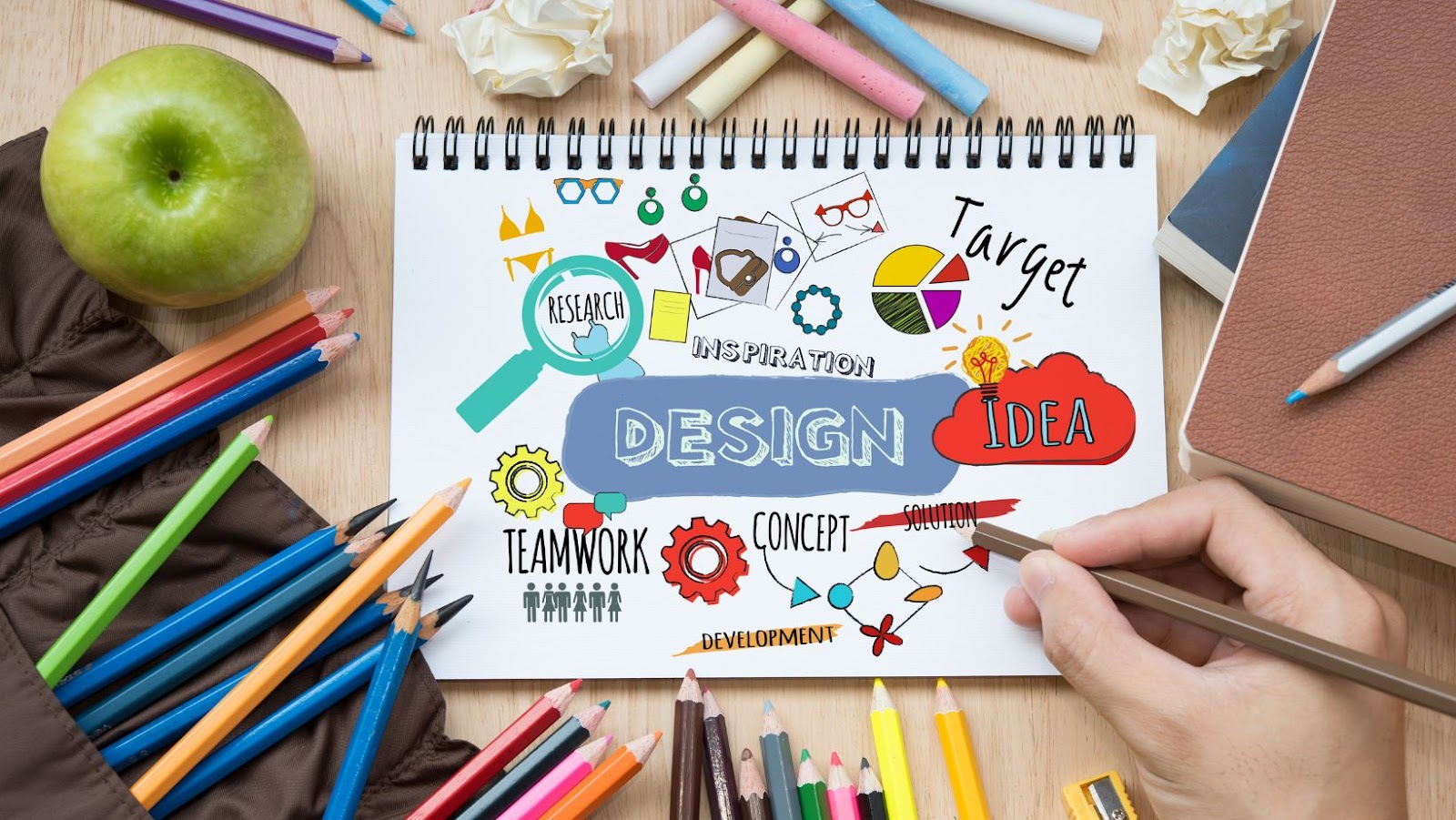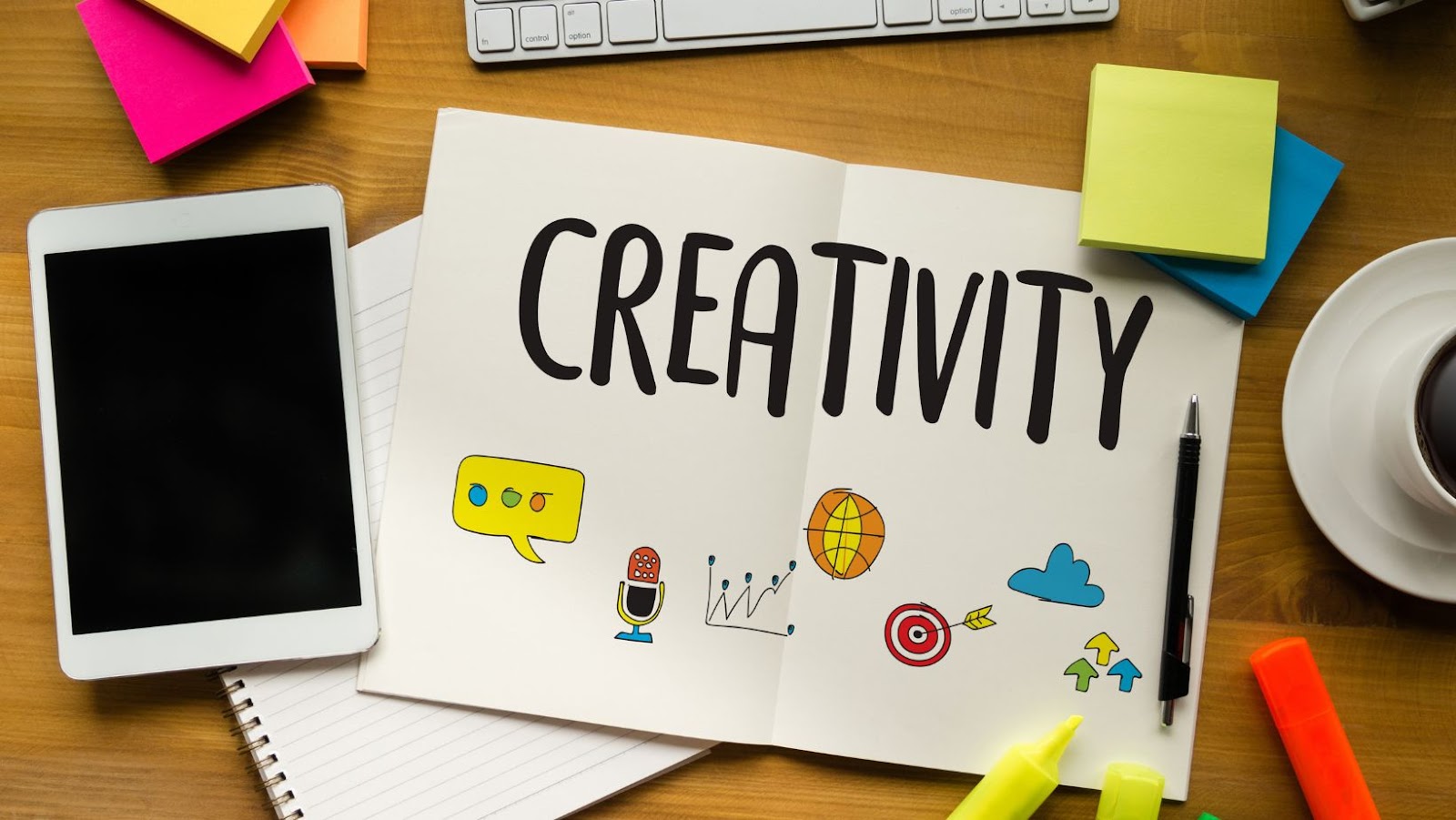 Creative Design Process
Creative Design Process
The creative design process involves a series of steps that guide the transformation of ideas into tangible solutions. It starts with identifying a problem or a need, which serves as the foundation for exploration and innovation. Clarity and insight are gained during this initial phase. Each phase builds on the last to ensure solutions both functional and innovative emerge. After problem identification, designers engage in research to gather relevant information. This step informs subsequent stages while providing context and constraints.
Ideation follows, where brainstorming generates diverse ideas. These ideas inspire new approaches and push the boundaries of conventional thinking. Collaboration often enhances creativity during this stage. Prototyping comes next, translating ideas into simple models or frameworks. It allows designers to test concepts, refine functionality, and gather feedback. This iterative process reduces risks and ensures ideas align with user needs.
Refinement is the final step. Designers polish prototypes, address weaknesses, and enhance features. Through testing and iteration, the design becomes more robust and effective. Throughout all phases, flexibility and adaptability remain crucial, as the process doesn’t follow a strict path but evolves based on discoveries and insights. By understanding the creative design process, designers can unlock innovation and achieve impactful results.
 Key Stages of the Creative Design Process
Key Stages of the Creative Design Process
The creative design process follows a series of structured stages that turn ideas into impactful solutions. Understanding these stages is critical for designers aiming to innovate and create effectively. Research and inspiration form the backbone of the creative process. They gather data, identify trends, and explore existing solutions. Designers immerse themselves in user needs, market conditions, and cultural contexts, drawing inspiration from diverse sources to fuel creativity and insight.
Concept development involves generating and refining ideas. Through brainstorming and collaboration, designers explore multiple possibilities and create conceptual models. They often use sketches and digital tools to visualize solutions and align them with project goals. Design execution transforms concepts into tangible designs. Utilizing software tools and techniques, designers create detailed drafts or digital models. The focus is on layout, color schemes, typography, and other visual elements that bring the concept to life.
Feedback and revision are integral for refining designs. Designers seek input from stakeholders or users, conducting testing to identify areas of improvement. Through iterative prototyping and modification, they enhance the design’s functionality and aesthetic appeal, responding to feedback until the final product achieves its intended impact.
 Tools and Techniques for Enhancing Creativity
Tools and Techniques for Enhancing Creativity
Tools and techniques play a pivotal role in amplifying creativity within the design process. They offer designers the resources to visualize and refine their ideas.
Digital tools revolutionize the way designers approach creative tasks. Software like Adobe Creative Cloud and Sketch provide comprehensive suites for graphic design, illustration, and photo editing. These applications allow for precision editing and the exploration of complex design concepts. Platforms such as Figma and InVision facilitate collaborative design, enabling real-time feedback from team members which enhances iterative improvement. 3D modeling software like Blender and Autodesk Maya expand creative possibilities by allowing designers to build and manipulate digital environments.
Even in a digital age, traditional methods like sketching hold significant value. Hand-drawn sketches serve as an initial form of idea expression, enabling designers to rapidly explore concepts without technological constraints. Sketching builds a foundation for further development and fosters a tangible connection to the creative process. Physical prototyping follows, involving materials like paper and clay to create real-world models. This tactile approach allows for intuitive interaction with the design, offering immediate insights into form and function.